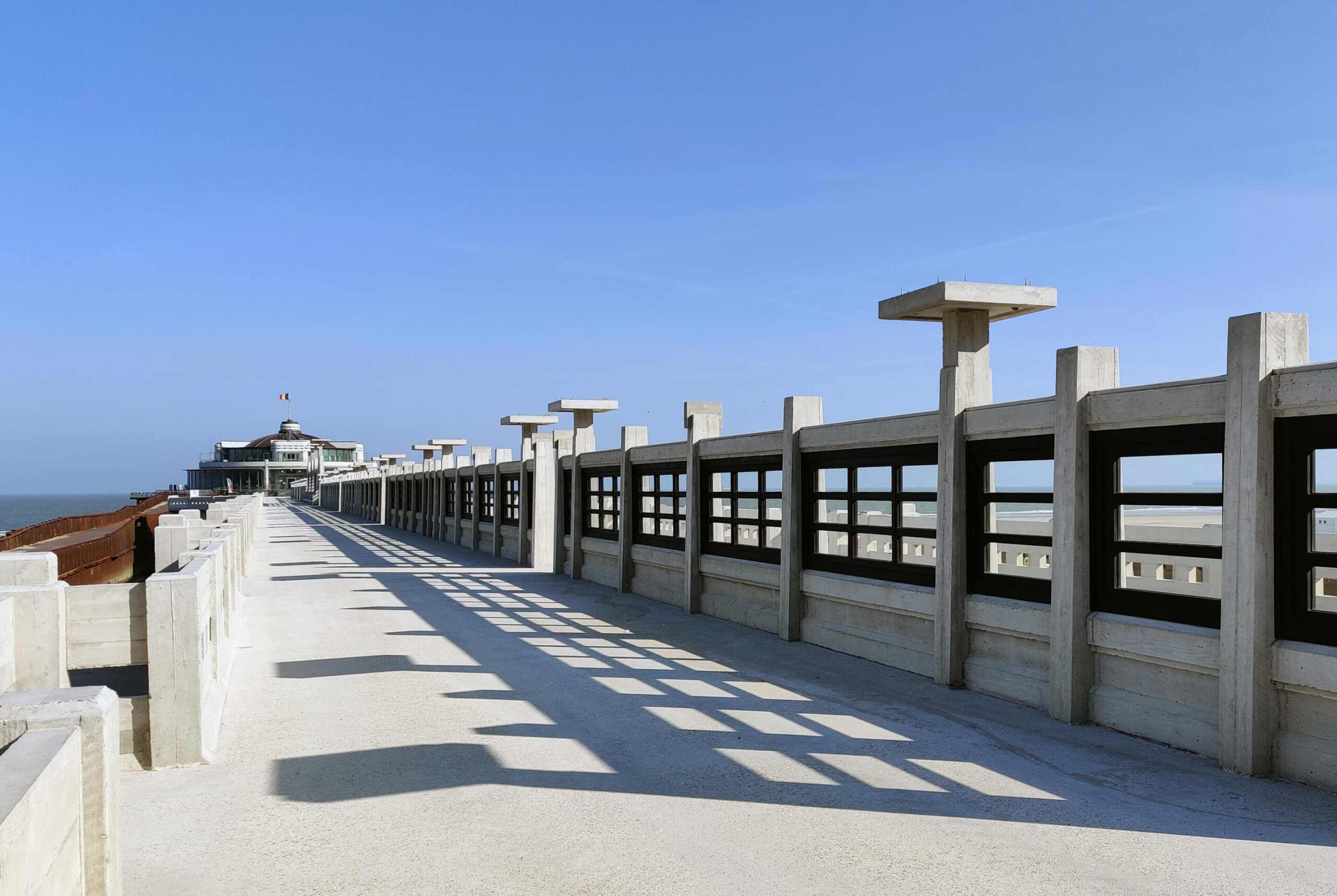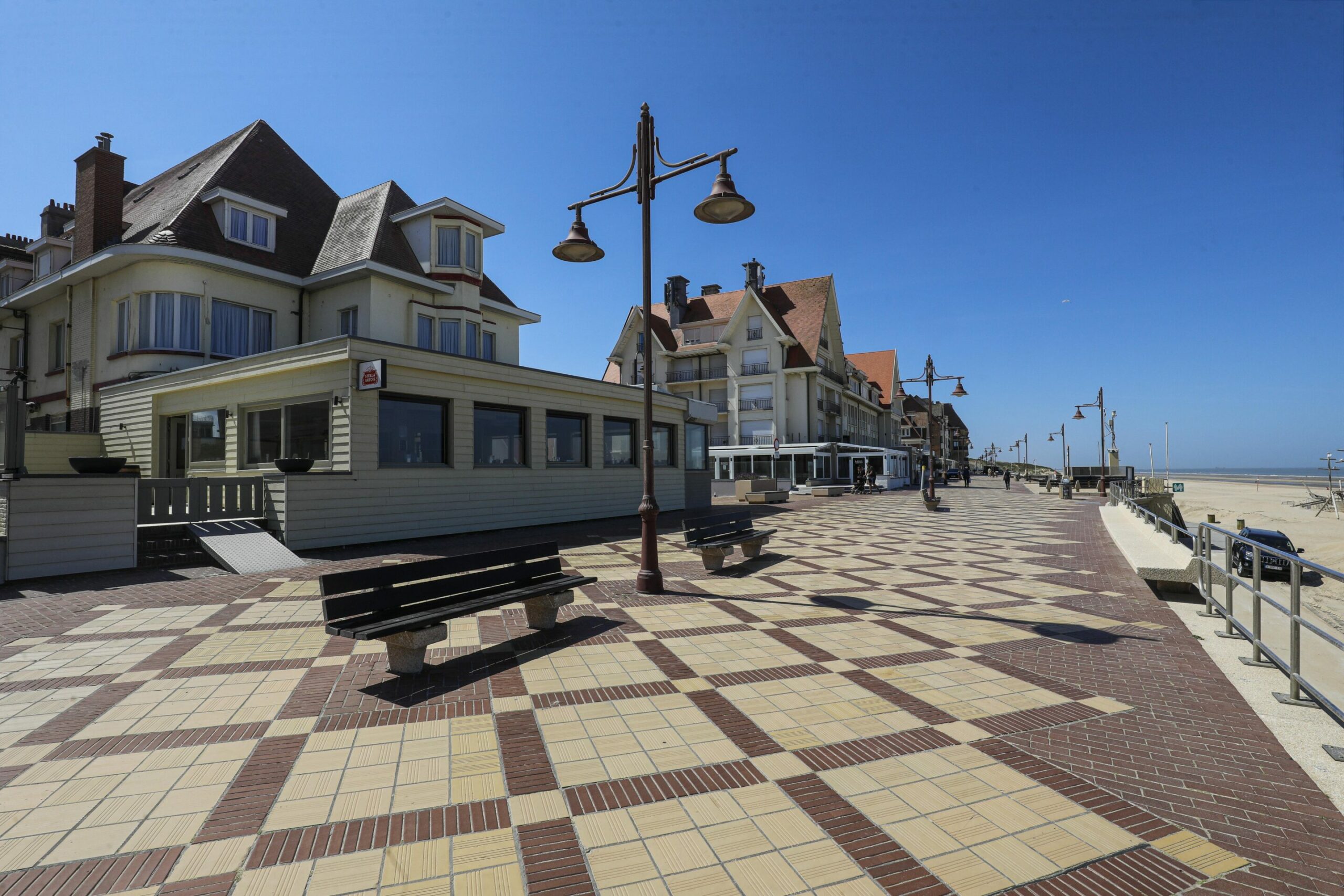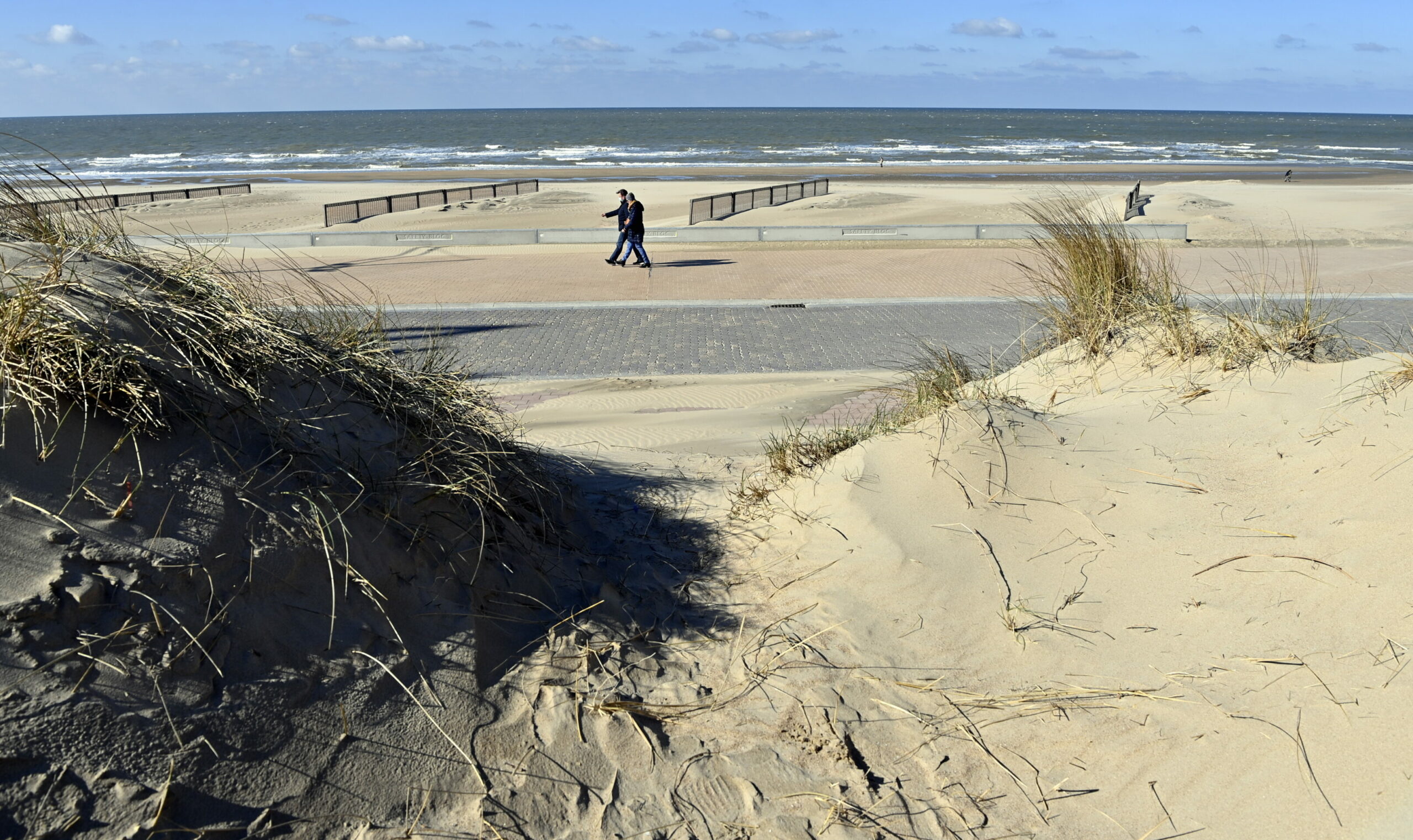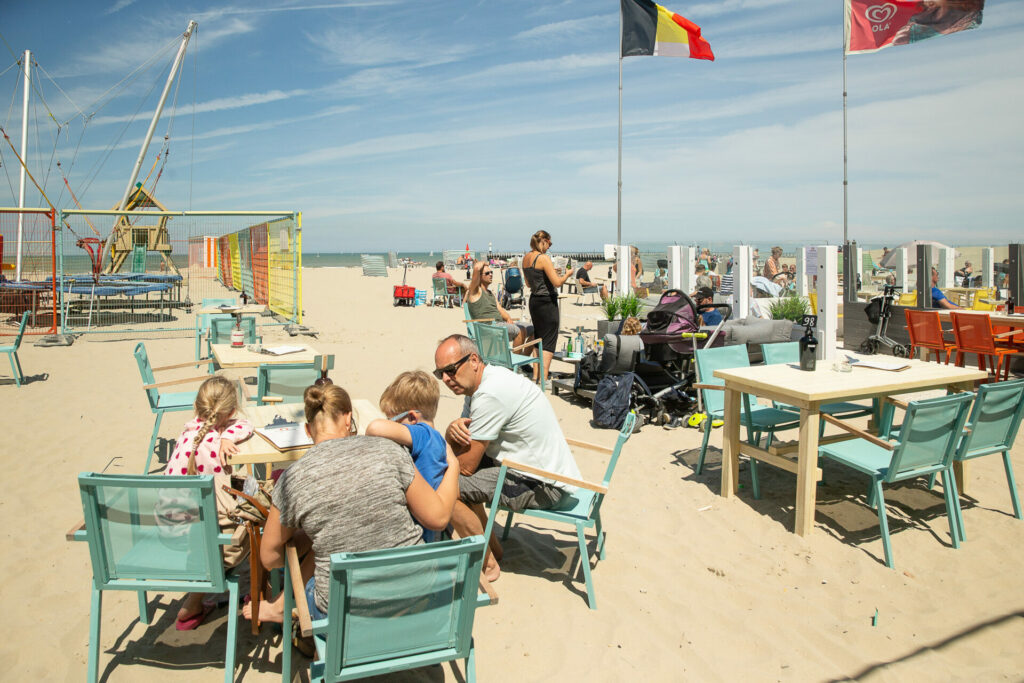Temperatures are expected to rise in the coming days, making it the perfect occasion to explore the Belgian coast, relax on the beach and take a refreshing dip in the sea.
The Belgian coast has garnered a somewhat negative reputation, partly due to the high-rise buildings along the seafront. However, the region is more varied than critics might believe, consisting of 13 seaside resorts, each offering a different experience. People flock to the beach to cool down when temperatures soar inland, and thanks to its 'microclimate', it is often sunny when the rest of the country is overcast.
Before heading to the beach, note that swimming is only permitted when a green (safe) or yellow (slight danger) flag is hoisted next to lifeguard stations. Swimming is never allowed in unguarded areas (marked by prohibition signs). Parents are advised to pick up a free lost child bracelet from the lifeguards, first aid booth or the public toilets. With this, missing children can quickly be reunited with their parents or guardians.
Direct connections
There are direct train connections to several coastal towns from Brussels, with Ostend and Blankenberge just over an hour away. Additional coastal trains are scheduled when temperatures soar. These destinations are therefore the busiest, but ideal for those who want to reach their destination swiftly, love the hustle and bustle and are seeking a range of amenities.
Ostend
Located in the middle of the 67-kilometre-long coastline, Ostend is Belgium's largest coastal city. A wide sandy beach with five bathing spots runs along most of the coastline, except for the harbour which is home to the three-masted Belgian naval ship, the Mercator.

Easily accessible by train, Ostend can become very busy. Credit: Belga / Eric Lalmand
The central beach area, where most facilities such as public toilets, showers, beach clubs and restaurants are located, can become very busy. However, bathers who want to avoid the crowds can walk towards Mariakerke-bad or Fort Napoleon.
Ostend offers something for all ages. Young people can head to the 'Teen Beach' to join in beach sports and enjoy the city's vibrant nightlife. There is a zone dedicated to (kite) surfers to the west of the 'Teen Beach'.
However, it is also considered the coast's cultural hotspot, drawing art lovers to the city's street art or the James Ensor house. Good to know for art lovers: this year marks the eighth edition of the Beaufort Triennial, during which dozens of sculptures can be spotted along the coast.
Blankenberge
This bustling seaside resort is renowned for its pier, a unique 350-metre-long structure which was recently restored to its interbellum glory. A magnificent circular building housing a restaurant sits at the end.

The walkway on the Blankenberge Pier. Credit: Maaike Tijssens
This beach is also divided into several bathing spots. The central area is closest to the busy city centre, with over 80 summer bars lined across the seafront. The eastern and western beaches (located near the pier) are quieter and surrounded by dunes. The western beach is also popular with wind and kite surfers.
The city is well known for its Corso tradition. Every August (this year on Saturday 26 August), a flower procession with floats and dance groups wind its way through the city centre streets.
Rustic experience
People can also opt to take the train to one of these beach towns, then hop onto the coastal tram, which runs from the French to the Dutch border, connecting all coastal resorts.
De Haan
Nestled between Ostend and Blankenberge, De Haan is dubbed the 'Belle Époque' resort for its 19th century picturesque houses. It is worth taking the time to walk into town to visit the 'Concession neighbourhood', the historic Anglo-Norman style villa district, which includes Albert Einstein's 1933 residence, Villa Savoyarde.

Credit: Belga / Thierry Roge
Aside from its quaint style, De Haan also boasts Belgium's longest beach, stretching more than 12 kilometres in length and between 50 and 80 metres in depth. More adventurous visitors can spend the day learning to (kite) surf.
Koksijde
Koksijde, the second-last Belgian coastal town before the border with France, is considered a hidden gem. In recent years, it has become a destination for animal lovers, as a small seal colony has regularly been spotted on its beach. It is also the only coastal resort with a public swimming pool that looks out onto the sea (located in the borough of Oostduinkerke).

Koksijde is also famous for its dunes. Credit: Belga / Eric Lalmand
The area is also known for its dunes, and is home to the highest dune of the entire Flemish coast: the 'Hoge Blekker'. It is 33 metres high and offers stunning views of the coastal landscape.
Higher-end
Knokke-Heist
On the opposite side of the Belgian coast lies Knokke-Heist. This is the most expensive beach resort, with extravagant bars, restaurants and hotels lining the nine-kilometre-long promenade. It is also considered a fashion hub with its 'golden shopping triangle' of trendy boutiques and luxury brands.

Knokke-Heist is one of the most expensive places to live in Belgium. Credit: Belga / David Stockman
However, its 12-kilometre-long beach, dotted with luxurious beach bars, also attracts many visitors. Avid walkers also trek to the town for the 'Het Zwin' nature reserve, an area of salt marshes and mudflats that shelters birds such as storks and oystercatchers.
Nudist beach
Bredene
Last but not least is Bredene: perhaps the country's most famous beach resort as it is the only coastal municipality to have a nudist beach. The beach guarantees some privacy thanks to its sand dunes.

Credit: Bredene
Since allowing visitors to go nude in 2001, it has become one of the most popular bathing areas on the Belgian coast. At peak times, some 1,000 people crowd the 350-metre-wide strip. However, there are also plenty of other non-nudist beaches in Bredene to suit all tastes.

